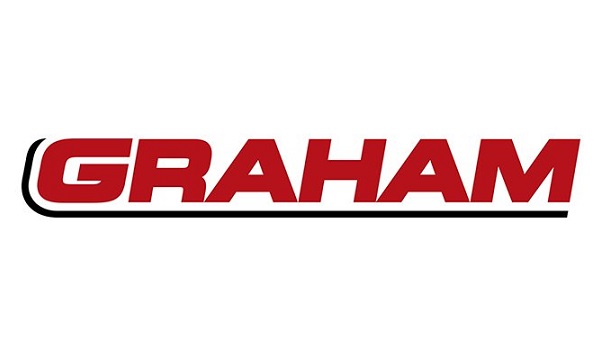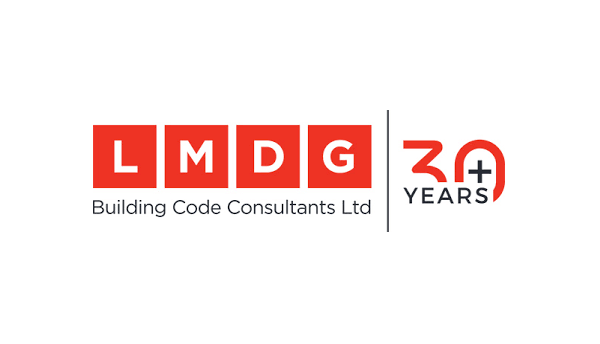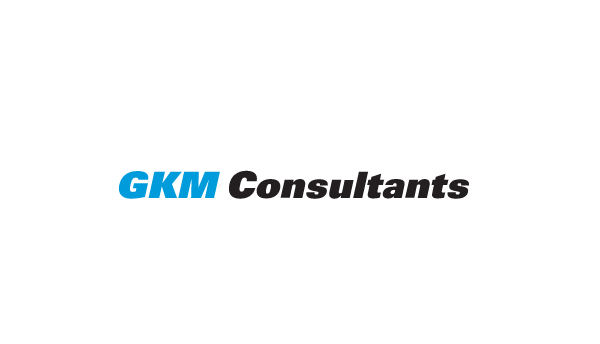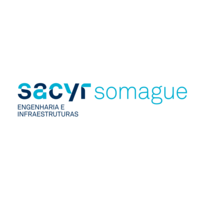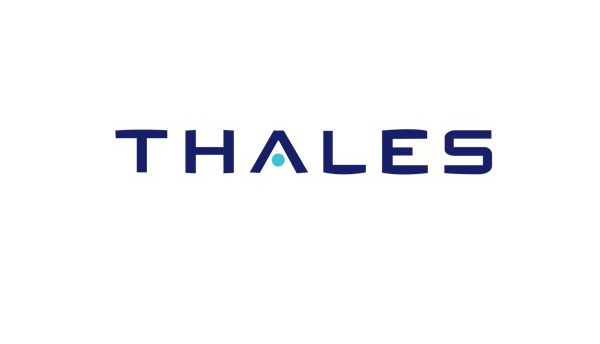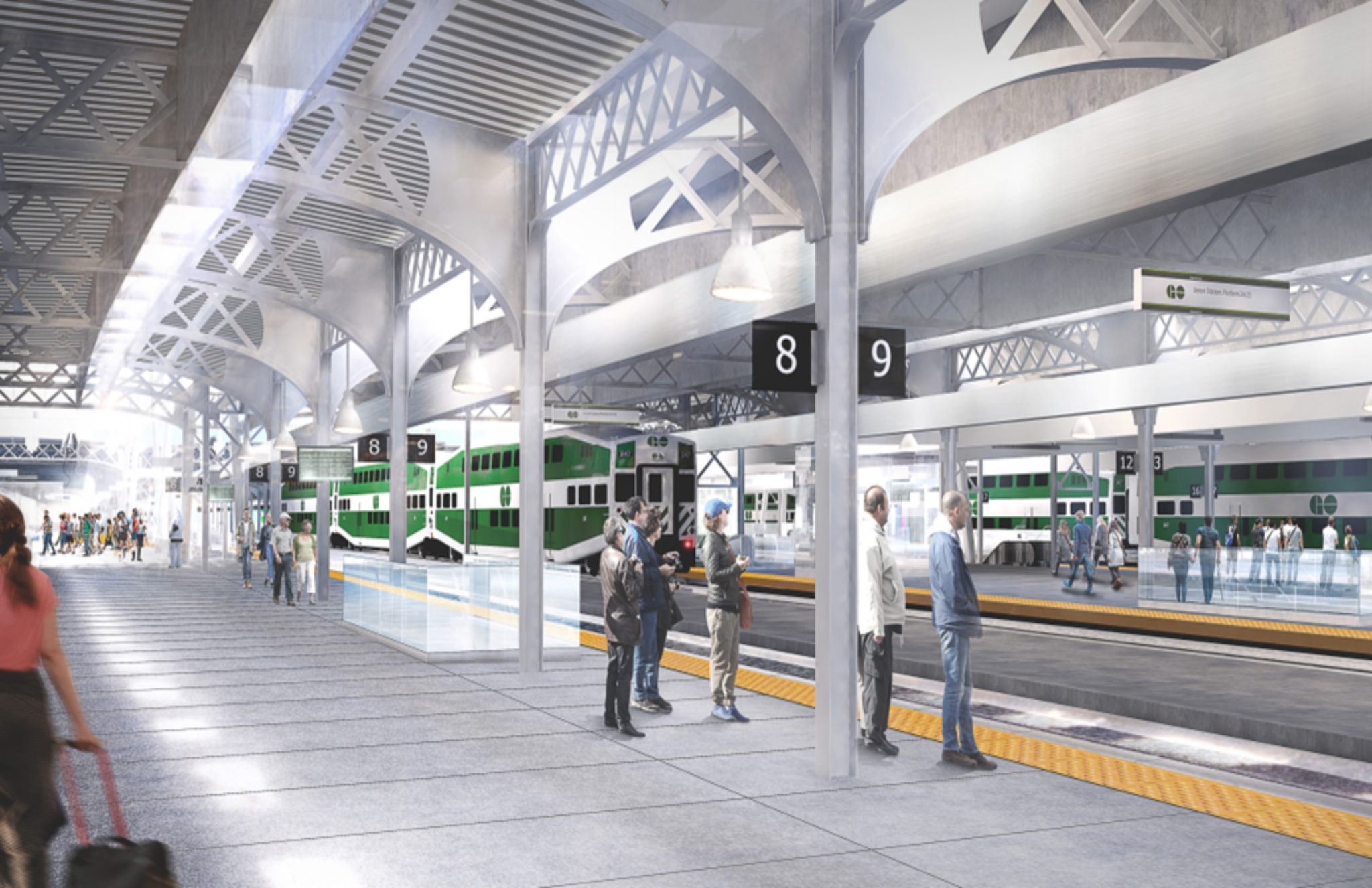
The city of Toronto is often credited as being the most ethnically diverse city in the world, calling itself home to an estimated 250 nationalities. Taking the UP Express from Toronto Pearson International Airport to the city centre, the first thing that visitors notice is how many different languages they’ll hear. It is truly a cultural melting pot that several large cities aspire to be, but that few fulfill in the same way as Toronto.
The 25-minute journey into the city centre is an enjoyable introduction to a fascinating city. But it was only made possible by the work of Metrolinx, the agency that manages and integrates public transport in the Golden Horseshoe region of southern Ontario, Canada. Its project, GO Expansion, looks to bring the region’s transport infrastructure to a whole new level, making it one of the most advanced of its kind in the world.
Business Excellence recently spoke with Fannie Sunshine, Metrolinx spokesperson, about the project. Ms. Sunshine was kind enough to provide some background detail on Metrolinx and where GO Expansion fits into its strategy, how the project is progressing, and the impact that it will make on the Golden Horseshoe region. As the project’s own marketing material states: It’s big, it’s complex, and it will be amazing.
Overview of Metrolinx and the GO Expansion
Ms. Sunshine began our discussion by telling us a little about Metrolinx and its constituent operating divisions. She says: “The company’s three operating divisions are PRESTO, GO Transit, and UP Express. PRESTO is the electronic fare system used in all public transport systems in the Greater Toronto and Hamilton Area (GTHA), as well as on the OC Transpo in Ottawa, GO Transit is the regional public transit service for the GTHA; and UP Express is the airport rail link connecting Toronto Pearson International Airport to Union Station in downtown Toronto.”
Combined, she says, these transport links serve over 70 million passengers per year. But it’s GO Transit, and in particular, the GO Expansion project which is currently generating most interest. She says: “Thanks to a huge investment in infrastructure, Metrolinx is working to quadruple GO rail service and improve customer experiences. By leveraging an existing network of over 400 km of railway, GO Expansion will unlock the potential of the region and provide customers with a faster, more easier commute.”
This will have a transformative effect on an already well-disposed transport system. Ms. Sunshine says: “Once GO Expansion has been fully built and is operational, we could see an additional 280 km of track added to the network. The long-term goal and vision of the GO Expansion Program is to provide 15-minute two-way all-day service on core segments of the rail network.”
The expansion is also complemented by the multimodal nature of the project. As the company responsible for regional transit infrastructure, GO Expansion isn’t happening in a silo - rather it forms part of a wider vision for transport. Ms. Sunshine says: “Metrolinx is also embarking on four new subway projects, three light rail lines, as well as two new bus rapid transit projects in the Greater Toronto region, which will make it easier for people to get where they need to go. All will have connections to the regional GO lines, as well as municipal transit systems. Right now, we have more than $75-billion worth of new transit projects underway.”
GO Expansion Benefits
The incremental benefits planned as a result of GO Expansion are testament to why transport projects like it are so transformative. It will add 6,000 weekly trips, twice as many rush-hour commuting options, and three times as many off-peak options. These services will be up to 20 minutes faster and allow for more capacity, taking up to 145,000 car journeys off the roads, as people avail of the improved public transport options.
This movement towards public transport has several knock-on effects. First, the obvious one: less congestion and car journeys means better air quality and less carbon emissions around Toronto. Second, GO Expansion is also a huge contributor to employment: an estimated 8,300 annual jobs will be created for the first 12 years of delivery over the lifecycle of the program. And finally, there’s the benefit to taxpayers: fares will cover operating costs, generating extra revenue for the region and its environs.
Ms. Sunshine encapsulates this great leap forward by saying: “GO Expansion consists of many different projects, including new trains, signals, systems, track, as well as the maintenance and operation of the system for years to come. Everyone is going to notice a significant boost to service delivery and to the infrastructure needed to increase capacity in our region. The benefit to our region of investing in our rail corridors is significant.”
Decarbonization
Business Excellence regularly works with transport authorities launching new projects. Nowadays, a common thread among these projects is their aim to reduce carbon emissions. Metrolinx is no different in this regard. It has a 5-year sustainability strategy in which GO Expansion forms a central role: the core lines will be 100% electric and the efficient nature of the system aims to reduce power consumption by around 20%. With the average metro trip saving around 48% of greenhouses gases compared to a car journey, it’s not difficult to see how GO Expansion will provide huge environmental benefits to the Golden Horseshoe region.
Partners and Suppliers
Understandably given the scale of GO Expansion, Metrolinx has called upon a number of partners and suppliers for their expertise to deliver the project. Early works projects for the program have already started, and on the construction side, this includes a large group of building and construction engineering forms that include: Hatch, PNR Rail Works Inc, Sacyr Construccion S.A, Graham Construction Ltd, Loc Pave Construction Limited, Safety Kleen Canada, Kenaidan Contracting Ltd. and LMDG Building Code Consultants Ltd. The heart of the program is a single innovative, fully integrated contract to run more and better service. The winning team will design, build, operate and maintain the new infrastructure and trains for 25 years, a massive, multibillion-dollar undertaking. The contract is in a multi-year procurement process, and currently teams are completing the bids that will close in 2021. Construction will get underway in 2022/3.
Conclusion
Perhaps the best way to conclude the article is with the thoughts of Phil Verster, President and CEO of Metrolinx. Mr. Verster played a central role in bringing the project to its current stage and all achieved while still working in what must be one of the most demanding jobs in Canada. He says: “We are undergoing massive transformation on our GO Expansion program, providing two-way all-day service with faster trains and a truly integrated transit network will ensure that our people and communities are connected. This transformation will significantly expand transit capacity to support growing communities and changing economies across our region.”
DOWNLOAD
 Metrolinx-April-2021.pdf
Metrolinx-April-2021.pdf



